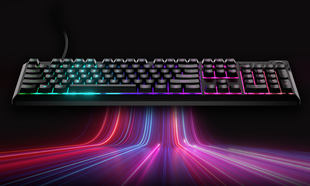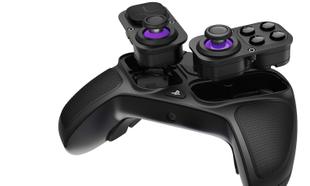The shiny new reboot of 'Kao the Kangaroo' was born from a love of the originals, and while it’s clear to see that the new game was made with love, the boomerang doesn’t quite hit the mark.
Collectathon platformers have been making a comeback over the past few years. We’ve seen Spyro and Crash remakes, and even a brand new version of the loveable bandicoot.
Smaller indie games like 'Yooka Laylee' have also managed to do well in the industry, and now 'Kao the Kangaroo' rejoins the fray after #BringBackKao trending on Twitter inspired developer Tate Multimedia to lace up the marsupial's boxing gloves once more.
The story sees Kao searching for his missing sister, aided by his trainer Walt, and his father’s sentient boxing gloves. It’s a simple enough narrative that brings you through different parts of the world on Kao’s quest, with different biomes in each.
One thing the game gets right is the gorgeous visuals and colour palette. It creates a world that’s inviting, and evokes a playful mood that perfectly captures the essence of the story.
Unfortunately, the visuals are the best thing about 'Kao the Kangaroo'.
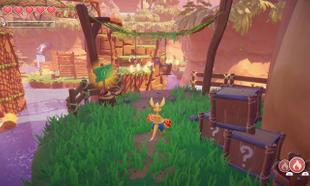
Movement is arguably the most important tool in a platforming game. Players spend the majority of their time running, jumping, rolling and swinging through the levels, so it should be an enjoyable experience to do so. Kao moves slowly, and his arsenal of moves don’t string together to make fluid motion á la 'Super Mario Odyssey', or 'Jak & Daxter'.
Those games reward the player for combining their moves, allowing them to reach greater lengths and heights. In Kao, the movement feels encumbered, and the player moves much slower than they might like.
Kao’s momentum is constantly impeded. Performing a ground pound locks you into a vertical descent with no horizontal movement at all possible and punching to try and break a crate halves your movement speed, even locking you in one direction should you punch again. You need to stop your combo, then reset your direction before attacking again. It feels stiff and sluggish.
The combat makes a decent attempt at being interesting, with some cool slow motion effects. But it never feels satisfying. Kao has a simple 3-hit combo, a finisher, a tail spin and a ground pound move.
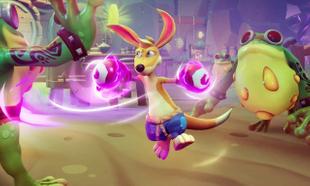
Fighting enemies quickly becomes a chore that the player becomes eager to avoid where possible. The boss fights at least shake up the formula, and usually involve a bit more strategy to overcome.
Collecting doodads is one of the most enjoyable aspects of this type of game. Usually it is to help progress through the game, or unlock bonuses. But apart from ‘Runes’, the main collectable that is needed to progress, there is not much point or enjoyment in going out of your way to find the others. There are coins, gems and letters K-A-O hidden (sometimes), around the world. But other than a little “Yay” animation, there is no motivation to collect these.
The coins are used as currency to buy outfits, lives, or pieces of heart, but they are so abundant that the player will probably have enough for some upgrades by just picking up the easily obtained ones.
The music is decent, although it can get quite repetitive by the end of the levels. It also lingers in cutscenes, which can really distract from the story, and the level music didn’t always fit the theme of the scene. The audio mixing itself was, at times, problematic. Dialogue would audibly cut out with a pop, and there were some instances of glitchy sound effects in quite a few places.
Not game-breaking, but not great.
The voice acting itself left a lot to be desired. Kao no longer has the cute Australian accent, and his delivery of lines lacked any real depth or interest. The other characters in the game follow suit but, to be fair to them, the script itself doesn't give them much to go on. It's full of dated pop culture references that seem shoehorned in for the sake of it, with an 'arrow to the knee' joke being one of the worst offenders.
Having been delayed from 2021, the game had hoped to be quite polished by its new 2022 release date. Unfortunately, this is not the case. There are ample cases of pop-in, clipping, stuttering, and even some gameplay features that seem unfinished, like a neck stretch feature that can be used while climbing nets. There is no sound effect or visual animation to compliment the feature, making it seem like an afterthought that didn’t get the time it needed.
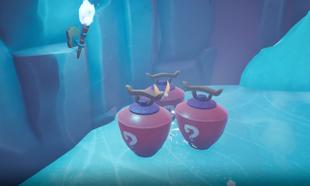
It could be argued that Kao the Kangaroo is a game for children, and of course an adult isn’t going to find it a fun experience. But other games in the genre have managed to find the balance of being accessible to children and adults alike.
There are nice ideas with the level design, and some of the gameplay gimmicks like the glove power-ups and the simple puzzles can be fun. But overall it fails to enrapture on both the nostalgic and enjoyment fronts.






































































